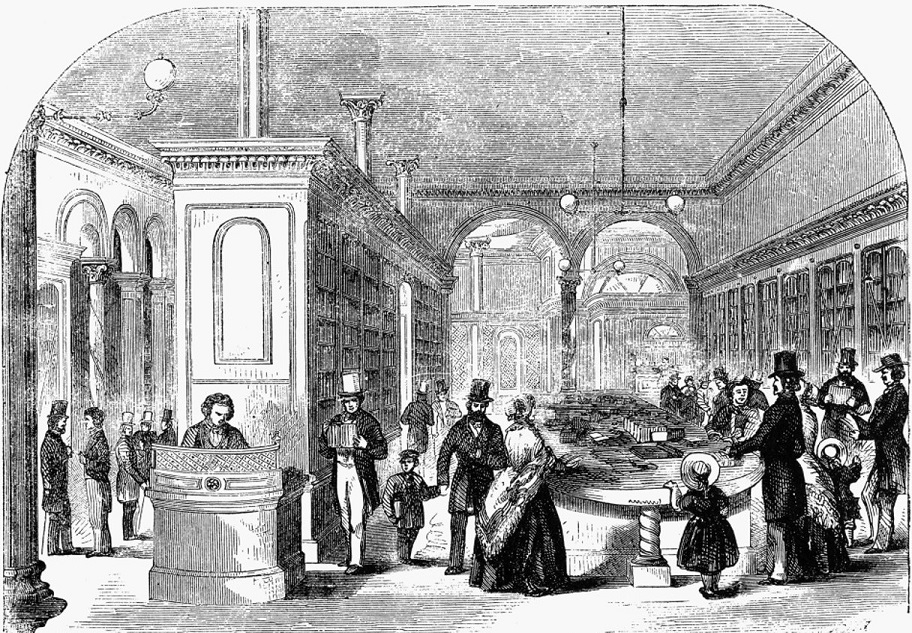Welcome to my website. Below are my latest news and content-filled blog posts. Use the menu, at the top of your screen, to learn about my other activities.
Article in Beyond Magazine
I have an article published, titled “Visitors at Heritage Cemeteries Connect with Rich History” in the latest issue of Beyond (Bereavement Authority of Ontario Magazine). Click HERE to read it.
The article focuses its attention on the cemetery surrounding St. Andrew’s United Church in Williamstown, Ontario, the Loyalists buried therein, and Reverend John Bethune (pictured below).
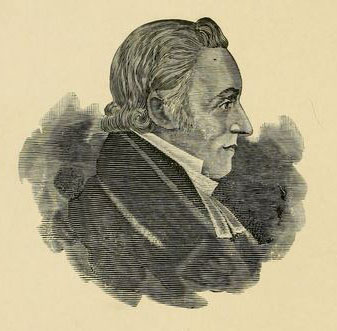
I will be a regular writer for the quarterly magazine. The subjects of my articles will be heritage cemeteries and historical aspects of the funerary industry.
ENCORE Seniors Education Session
On Thursday March 14 (1:30-3:30) I will deliver a presentation as part of the ENCORE seniors education program. The session is called “Sacred Ground: Loyalist Cemeteries of Eastern Ontario” (surprise, surprise!) and it will take place at the ENCORE Education Centre at 800 Twelfth Street East in Cornwall.
In this heavily-illustrated session I will describe the history of the Loyalists of Cornwall and area. I will couple this with detailed stories about some of their final resting places, including that of Captain John McKenzie, whose original tombstone and iron fencing is pictured below (Salem United Church cemetery in Summerstown, ON).
Click here for more information, including instructions on how to register.
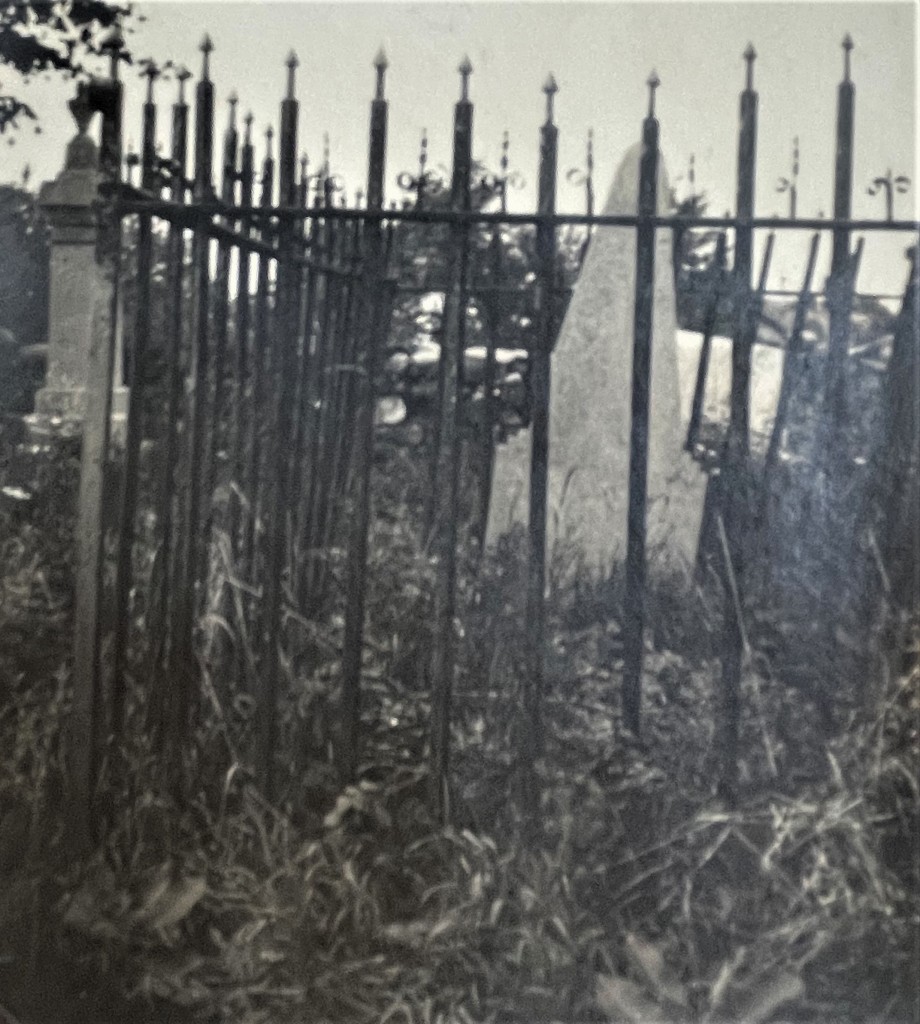
The Lunenburgh Variation
Lunenburgh or the Old Eastern District is the earliest history of Cornwall. Published in 1890, it was written by Judge Jacob Farrand Pringle. It remains, to this day, a useful historical resource. Local historians tip our hats to him.
The title of Pringle’s book requires an explanation. The Eastern District was an early moniker for what eventually became the United Counties of Stormont, Dundas & Glengarry. As for Lunenburgh, between 1788 and 1792 it was the name of that district.
Or was it?
Most original documents from the early period use the spelling “Luneburg,” not “Lunenburgh.” This is not a semantic difference in spelling, but rather one that affects its pronunciation. Have we been misled by our beloved Pringle all these years?
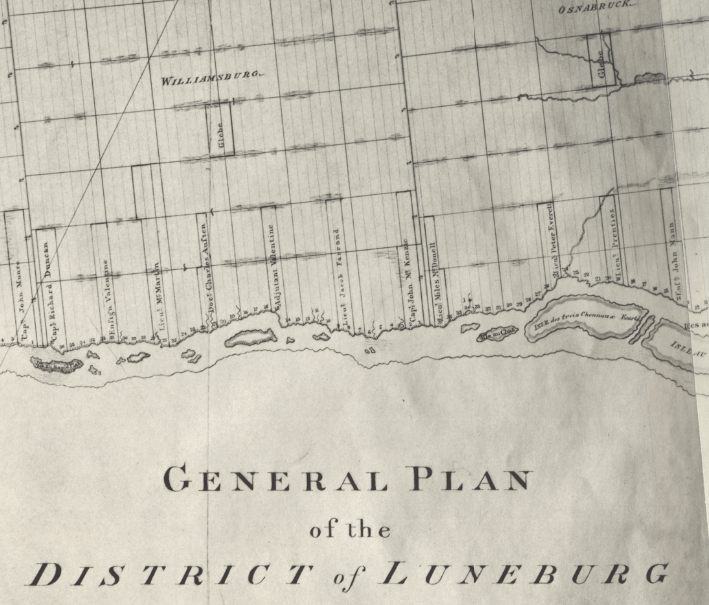
The pioneer author addressed this issue on page 46 of his book. He explained that an 1831 published compilation of legislation used both spellings and that he considered Luneburg to be “a misprint.” He added that Lunenburgh was “the way in which the old inhabitants always pronounced the name.” Since original documents use Luneburg, Pringle was wrong in his misprint theory. He may also have been influenced by the fact that Lunenburgh is the anglicized version of the German word Luneburg. Other early writers, before and after Pringle’s time, have also chosen the Lunenburgh variation.
While it was an odd decision by Pringle to use the essentially-incorrect spelling of the word for the title of his book, it is also puzzling why he used the word at all. The name was employed only for a short period of time – four years at most – and during a period when the district encompassed an area greatly larger than Stormont, Dundas & Glengarry.
Regardless, Judge Jacob Farrand Pringle paved the way for future local historians and for this, we are thankful. Today his book is still in print, 134 years after its initial publication. I can only hope that my own books will still be read 134 years hence!
To be Published in the 2024 Annual Volume of The Journal of the American Revolution
Earlier this year I had an article published in The Journal of the American Revolution. It was called “Attended With Disagreeable Consequences: Cross-Border Shopping for Loyalist Provisions, 1783-1784.”
The journal also publishes an annual volume, which “presents the journal’s best historical research and writing over the past calendar year… designed for institutions, scholars, and enthusiasts to provide a convenient overview of the latest research and scholarship in American Revolution and Founding Era studies.”
I was recently informed that my article has been selected to appear in the 2024 edition of this annual volume. It will be published in April, in handsome hardcover format, by Westholme Publishing.

Small Indifferent Cheeses
You never know what you’ll find when doing historical research. I was recently browsing through an archival collection known as the Township Papers (Archives of Ontario, RG 1, Series C-IV). I came across an 1827 letter written by John McDonald of Garth, pictured below, an historical fellow who I know very well. In the letter he described his alleged land rights, and also cheese!
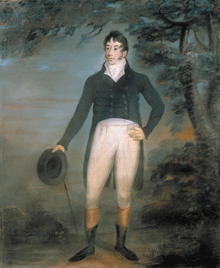
McDonald built the stone dwelling that is now known as Inverarden House, located on the outskirts of the City of Cornwall, Ontario. It was his retirement home, where he reposed after a boisterous fur-trading career in the famous North West Company. An early depiction of the home, found on a survey plan, is pictured below. He was active in the Cornwall community following his long retirement, and was one of the last surviving partners of the old company.
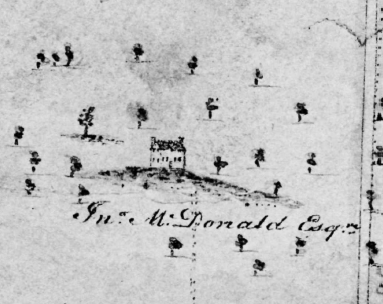
The letter he wrote was addressed to John Beverley Robinson, who once studied in Cornwall. He had attended Rev. John Strachan’s famous school in that community, and even boarded with Strachan during that time. In 1827 Robinson was the Attorney General of the Province of Canada – a colonial political jurisdiction that eventually became the provinces of Ontario and Quebec many decades later.
McDonald had evidently promised to send Robinson some samples of cheese, whose maker he referred to simply as “the woman.” He explained:
“I have not been able to send you the cheese, the fact is the woman had only three small curds, consequently small indifferent cheeses. She would not risque her reputation for cheese-making by sending any so far this season. Next year she expects to do better.”
The woman in question might have been his second wife, Amelia McGillis. They were married in 1823. It might also be possible that he referred to his first wife, Nancy Small. She was still living at the time of his marriage to Amelia, and she remained a neighbour of his in this period. Or he could simply be referring to a labourer on his large farm near Inverarden House, but this seems unlikely.
The main object of the letter was to lobby for a land grant from the colonial government, in particular for an island in the St. Lawrence. In typical McDonald fashion, he was assertive in his letter, stating that “I have never got one inch of soil from the Crown, though I have added by discovery many thousand miles to it.” He was referring to his activities during his time in the fur trade, when he established posts in the North-Western part of North America, which helped solidy the British-Canadian presence there.
Those geo-political aspects of the letter are fascinating, but I’m also interested to learn more about that cheese. What kind was it? Did “the woman” make a second attempt the following year? Was she more successful? Perhaps we’ll never know.
The Sacrifices of the Annables
Melancholy news reached Winchester, Ontario on October 17, 1944, in the midst of the Second World War: A local soldier – Lieutenant Thomas Edward Annable – had been killed in action. Annable, whose unit was fighting the Germans in Belgium, had been seriously wounded in combat a week before. He had since died of his wounds.
Annable (pictured below) was a resident of Winchester and employed as a high school teacher when he volunteered to join the Stormont, Dundas & Glengarry Highlanders in 1942. He had studied at Queen’s University and at the University of Toronto, and he had aspirations of becoming a lawyer. In the Canadian Army he quickly rose to the rank of lieutenant and was reported to be “proud of doing his duty.”
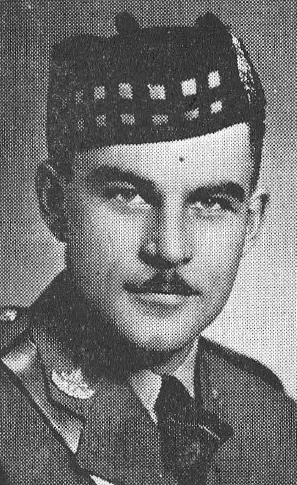
Annable’s family history included a notable direct ancestor who also served his king and country. His great-great-grandfather was Sergeant John Annable, a Loyalist soldier who served during the American Revolutionary War (1775-1783). Sergeant Annable survived that war but sacrificed his home in the Thirteen Colonies, and all his possessions, when he joined the King’s Royal Regiment of New York in 1776. For his loyalty he was also imprisoned in an Albany prison, from which he soon made his escape and fled to Canada. After the end of that war, he was resettled in what eventually became Eastern Ontario.
With a heavy heart, a reporter with The Winchester Press announced Lieutenant Thomas Edward Annable’s death in the newspaper’s October 19, 1944 issue. The reporter noted that Annable had “died a hero’s death, a glorious deed to do for one’s country, but a sacrifice, the importance of which all decent living citizens should ever remember.”
While Lieutenant Annable was single when he joined the army, he had married a young woman in England only a few months before his death. His bride, Maria Jones, was not from England but instead hailed from Los Angeles, California. After her husband’s death, she later moved to Seattle, Washington and married a man named McMillan.
Lieutenant Thomas Edward Annable is buried in Adegem Canadian War Cemetery, in Belgium (pictured below). His great-great-grandfather Sergeant John Annable’s burial location is likely St. Andrew’s United Church Cemetery in the “Lost Village” of Moulinette, a cemetery that is now underwater.
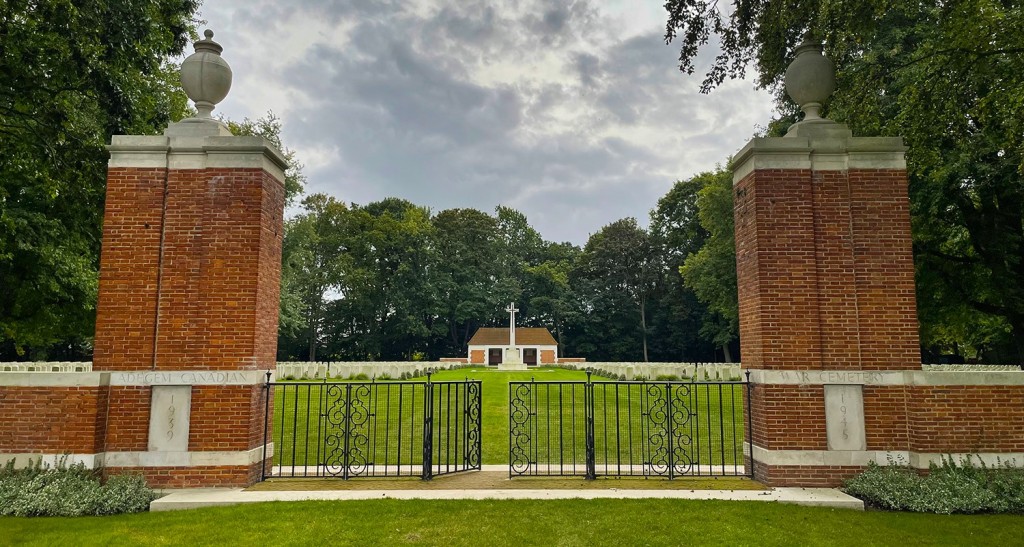
CBC Radio – “Sacred Ground” Interview
Earlier today I was a guest on CBC Radio’s “Ontario Morning” program, on their book column segment. I spoke about the recent release of the second volume of my book series Sacred Ground: Loyalist Cemeteries of Eastern Ontario.
To listen to the interview, click here.
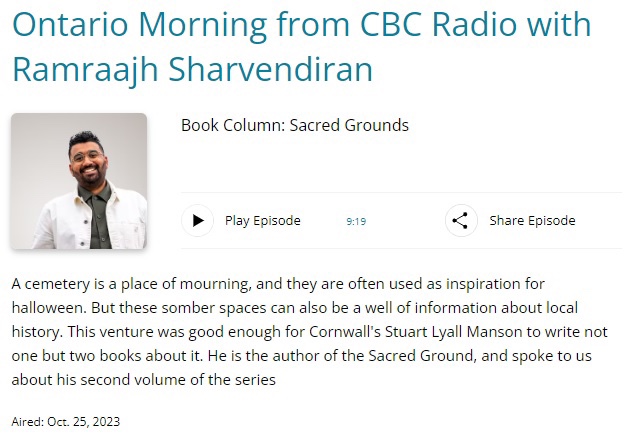
Local History Presentation at Cornwall Public Library – November 30, 2023
On Thursday, November 30, 2023 (6:30-8:00 PM) I will give a talk at the Cornwall Public Library. It’s called “Author Talk – Sacred Ground: Loyalist Cemeteries of Eastern Ontario, Volume Two.” Click here for the event information on the library website.
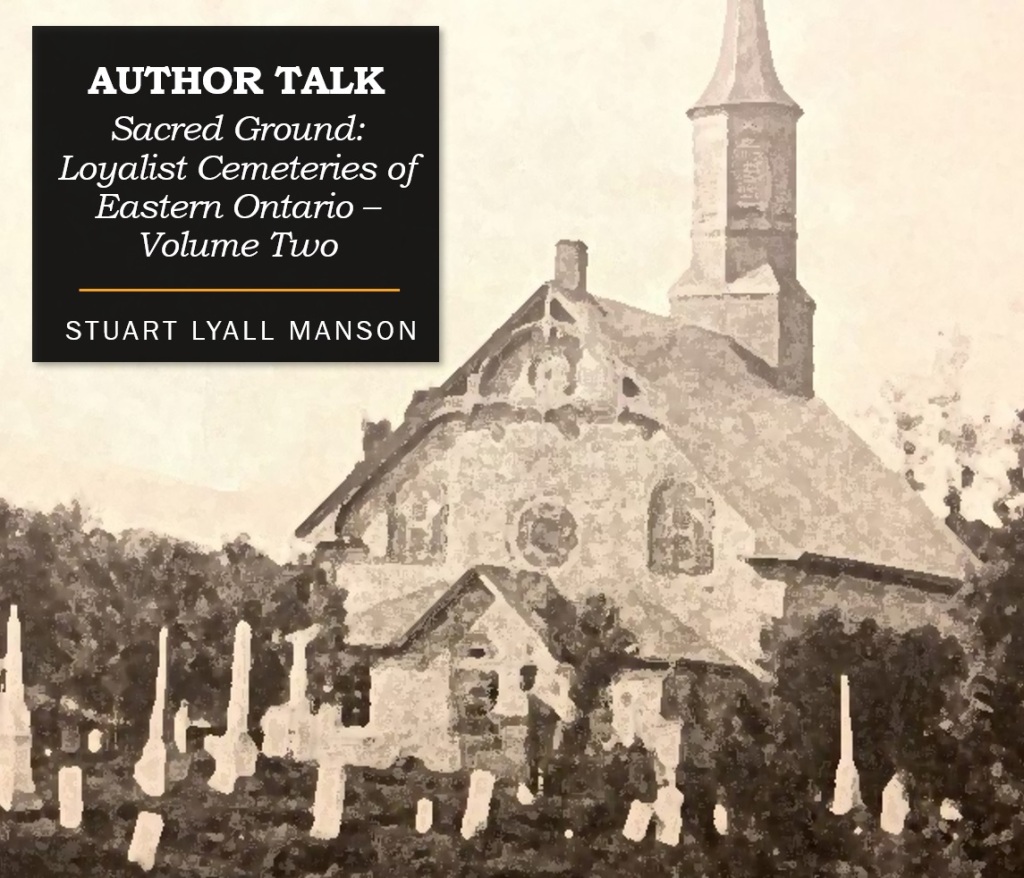
In this talk, assisted by a snazzy PowerPoint presentation, I will relate the histories of Eastern Ontario’s earliest cemeteries, focusing on the content in the recently-published second volume of my Sacred Ground book series. Attendees will learn about the fascinating lives of some of the early settlers who are buried at these sites, and about preservation issues relating to these important cultural landscapes.
After the presentation I will answer questions and both volumes of the book series will be available for purchase. I will be happy to sign any copies of my books. There is no registration requirement and it’s a free event.
The library is located at 45 Second Street East in Cornwall and the presentation will take place in its “Combined Programming Room” on the second floor. I hope to see you there!
Where to find Sacred Ground
While copies of my Sacred Ground book series can be purchased from the publisher, via Global Genealogy, copies are also available locally at the following locations:
- Red Cart Books, 812 Pitt Street, Unit 52, CORNWALL (Vols. 1 and 2)
- Glengarry Nor’Westers and Loyalist Museum, 19651 County Road 17, WILLIAMSTOWN (Vols. 1 and 2)
- Cornwall Community Museum, 160 Water Street West, CORNWALL (Vols. 1 and 2)
- Lost Villages Museum, 16361 Fran Laflamme Drive, LONG SAULT (Vol. 1)
